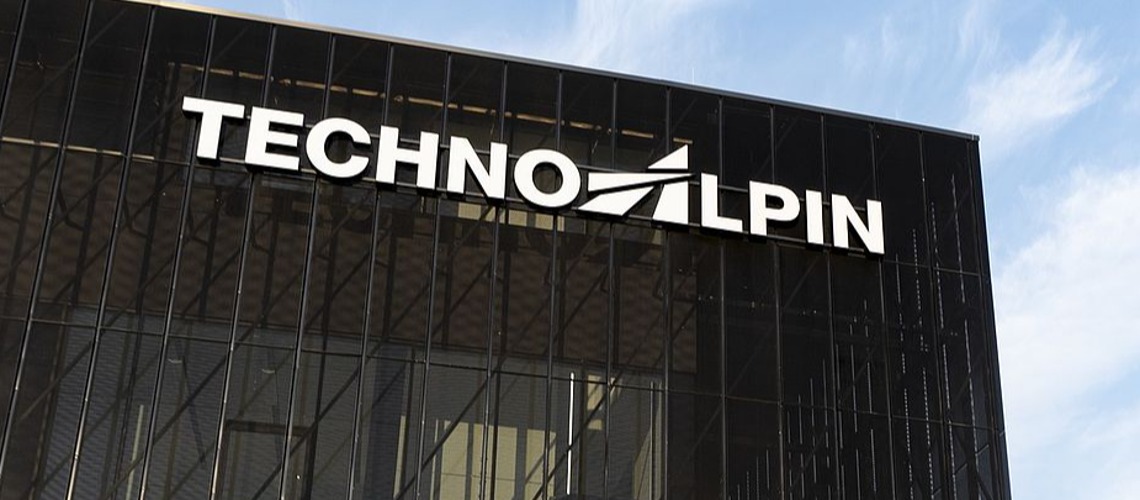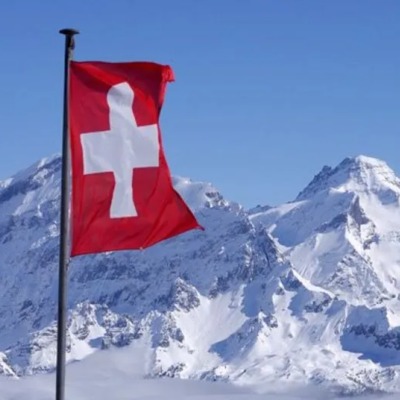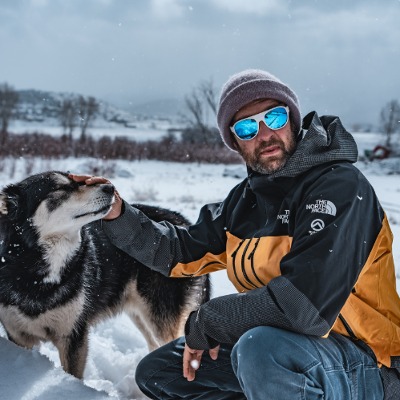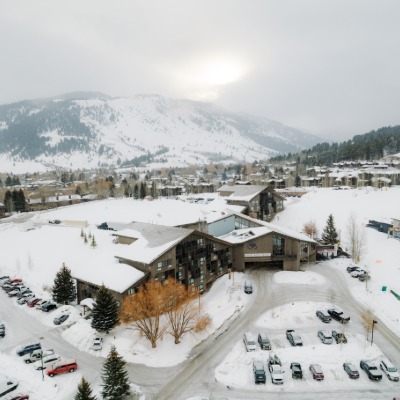TechnoAlpin Issues Sustainabilty Report: Focussing On Climate Adaptation

TechnoAlpin published its first sustainability report in early November. It sets out six material issues that underpin its sustainability strategy up to 2025. One of these topics is adjusting to climate change This isn't just about doing everything we can to slow global warming, but also preparing for the impacts of climate change.
First of all, it’s important to emphasize that climate change is not the decisive factor for developing snowmaking systems, although this is often assumed to be the case. Investing in a snowmaking system is first and foremost an investment in safety and predictability. Climate change has a big effect on ski area operations globally. We are often asked whether it will still be possible to make snow despite the effects of climate change. A study carried out within the scope of the FuSE-AT project (Future Snow Cover Evolution in Austria) found the following: Climate protection has an enormous impact on snow conditions for natural snow and snowmaking. If we stick to the Paris Agreement (2-degree warming), almost all ski areas with snowmaking will continue to have guaranteed snow. TechnoAlpin’s primary goal is to make a positive contribution to climate change.
For many regions, there is no alternative to successful winter tourism if we are to maintain prosperity in the valleys. TechnoAlpin aims to optimize its products and solutions to make the best possible use of cold weather, increase the snow output of the systems in difficult conditions, and keep resource requirements to a minimum. In recent years, many new developments have been introduced to the market to compensate for the increasingly difficult conditions and simultaneously increase system efficiency.
This includes efficient cooling towers, for example, which use the colder ambient air to reduce water temperatures. Nozzles and nucleators are also constantly being optimized. Different configurations also make it possible to adapt the systems perfectly to the prevailing conditions. A local heat exchanger in fan guns ensures that compressed air is directed around the cold snowmaking water, cooling it from approx 100°C to 10°C - without any additional energy consumption. The ATASSpro software offers a new level of intelligence for the sustainable use of resources. It enables significant savings to be made on water and energy, and reduces snowmaking times so that slopes can open much faster. The ATASSpro weather model provides reliable weather forecasting for different sites across ski areas, enabling early recognition of cold windows, so that you can recognize the ideal conditions for snowmaking. This will enable the system to be even more efficient in the future. Temperatures that are cooler by as little as -2°C allow for savings of over 20%.
SnowFactory is another option that some areas can use to cushion the effects of climate change and create a base offering. Even if the energy required is significantly higher than for classic snowmaking, various economic, social, and ecological factors may speak in favor of using them. For example: being able to avoid long journeys to other ski areas, introducing children to winter sports or providing added value to large-scale events that require guaranteed snow.
"At the same time, ski areas are also investing in more sustainable structures and solutions so that winter sports will become even more sustainable in the future, not only economically and socially, but also ecologically. TechnoAlpin’s aim is to increase customer awareness even further, and to expand the TechnoAlpin Academy offering to include handling snowmaking systems in a way that saves resources. We are simultaneously expanding data analysis to highlight the potential for further optimization."













